工厂小工单MES数据管理
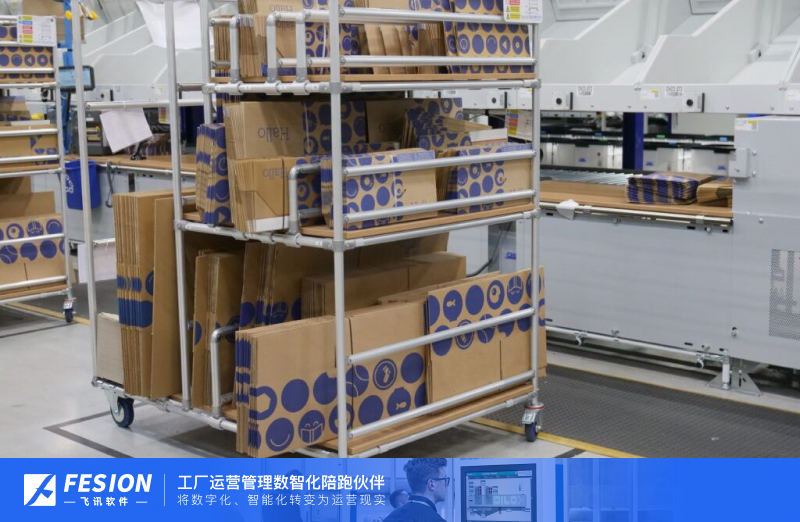
Title: Enhancing Factory Efficiency and Data Management through MES
Introduction:
In the modern manufacturing landscape, the effective management of data is crucial for optimizing productivity and driving operational efficiency. One key component of this data management process is the Manufacturing Execution System (MES), a software solution that provides real-time monitoring and control capabilities for factory floor operations. This article aims to explore the various angles from which MES can positively impact factory operations and data management.
1. Streamlining Production Processes:
MES enables the automation and integration of various production processes, such as scheduling, material tracking, and quality control. By providing real-time visibility into these processes, it allows for better decision-making, reduces human errors, and enhances overall production efficiency. Through MES, production managers can monitor machine performance and utilization, identify bottlenecks, and take proactive measures to optimize the manufacturing cycle.
2. Real-time Monitoring and Reporting:
A critical aspect of MES is its ability to collect real-time data from shop floor equipment and machinery. This data can then be analyzed to generate reports, dashboards, and alerts, providing factory managers with actionable insights. Real-time monitoring allows for immediate detection of issues or deviations, reducing response times and minimizing production downtime. Furthermore, detailed reports help identify patterns and trends, enabling data-driven decision-making and continuous process improvement.
3. Quality Control and Traceability:
MES plays a vital role in ensuring product quality and traceability throughout the manufacturing process. By integrating quality control procedures into MES, manufacturers can enforce standardized inspection protocols, track quality metrics, and implement corrective actions when deviations occur. With MES, businesses can record and track the genealogy of products, identifying the source of materials, components, and processes involved in a particular batch or production run. This not only helps address quality issues promptly but also assists in complying with regulatory requirements.
4. Inventory Management and Material Tracking:
Effective inventory management is essential for reducing costs, minimizing stockouts, and improving customer satisfaction. MES provides real-time visibility into inventory levels, optimizing material replenishment and reducing excess inventory. By integrating material tracking functionalities, MES ensures accurate and timely data on material consumption, usage, and availability. This enables manufacturers to make informed decisions regarding purchasing, production planning, and supply chain optimization.
5. Collaboration and Communication:
MES facilitates seamless communication and collaboration among different departments within the factory. By centralizing information and providing a common platform, it fosters effective coordination between production, engineering, quality assurance, and maintenance teams. Improved communication leads to faster issue resolution, reduced downtime, and increased overall operational efficiency.
Conclusion:
In the era of Industry 4.0, where data-driven decision-making is becoming increasingly critical, MES offers a comprehensive solution for managing factory operations and data effectively. From streamlining production processes to enhancing quality control, inventory management, and collaboration, MES empowers manufacturers to achieve higher productivity and improved profitability. By investing in MES, factories can harness the power of real-time data, optimize workflows, and stay competitive in today's dynamic manufacturing landscape.
��Ѷ���������2006�꣬ӵ�������з����뿪��ƽ̨����һ�Ҽ���Ӫ�������졢�ɹ���ȫ��·���ǻ��������Ʒ����̺ͷ����̡���Ʒ�������ֻ����䡢����������������������˾��MRO��ERP��MES��WMS��CRM��SRM�Ȳ�ƷΪ������Ϊ�ͻ��ṩ���ǻ��������巽���滮��������ܷ�����Χ���������Ǻͳ����ǵ����������ڰ����ͻ������к�ʵ�ʳ������ɴ��С��ɴ��µ����ֻ���Ӫ��ϵ�������������Ϣ�����������ֻ��;������ܻ��������⣬Ϊ��ͬ��ҵ����ͬ��ʵ�ֲ�ͬ�ľ�ӪĿ�ꡣ



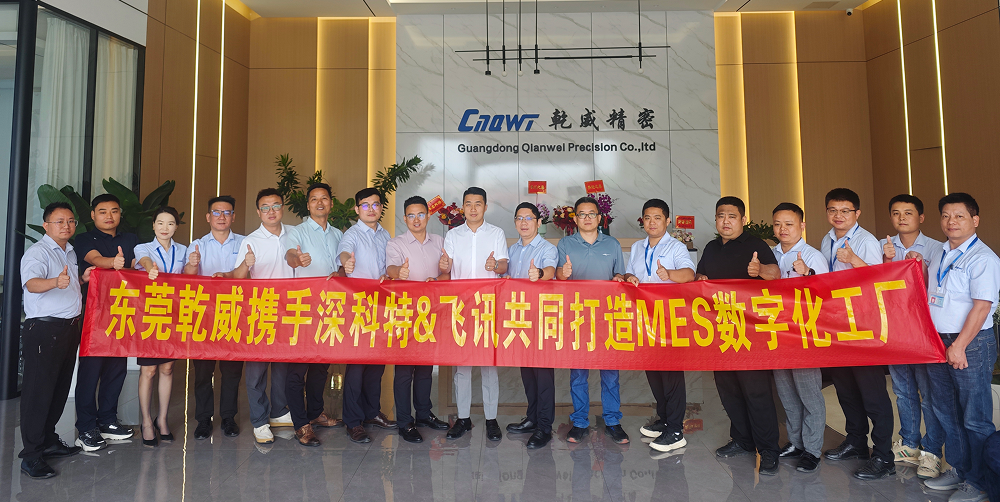





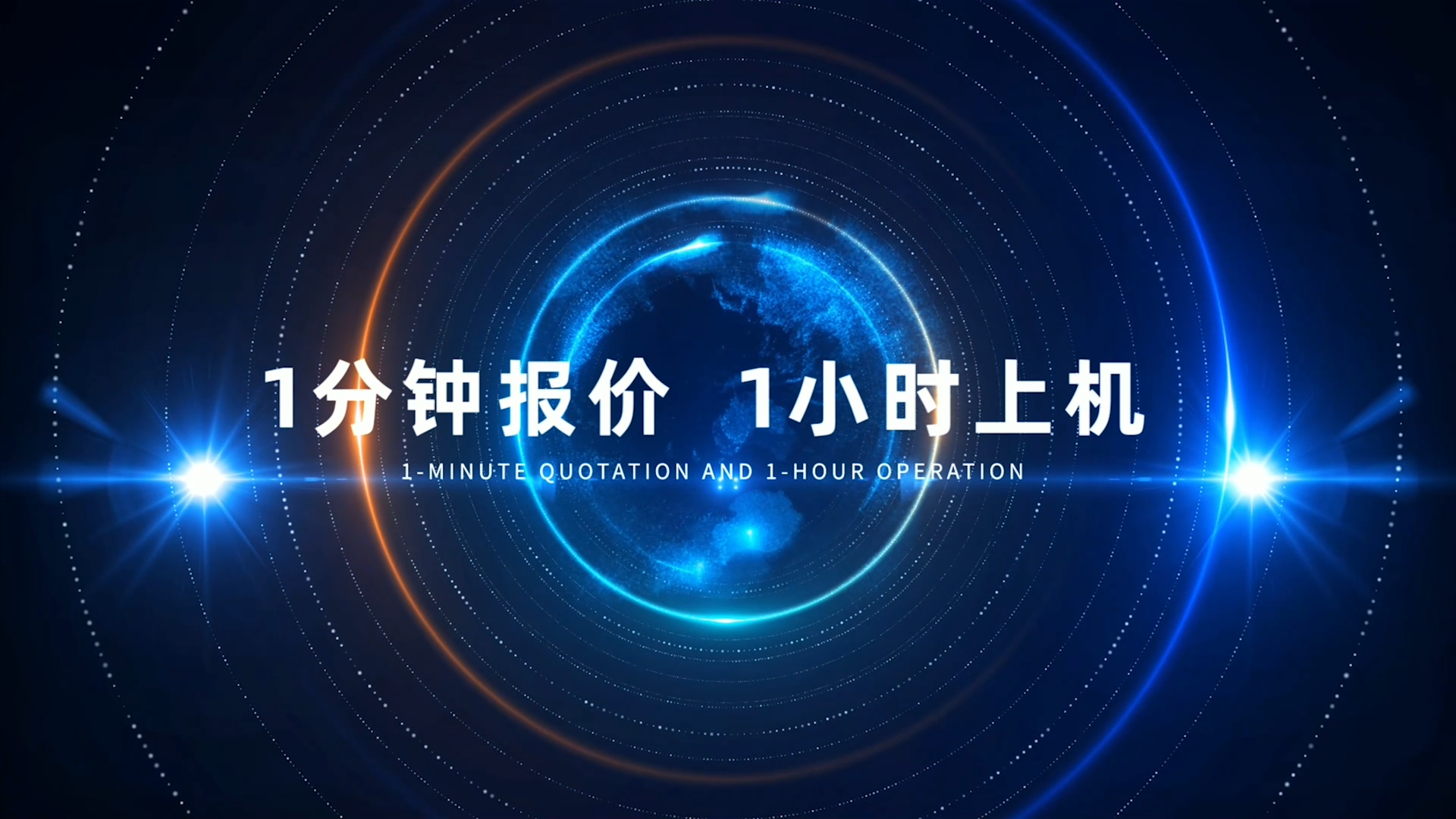

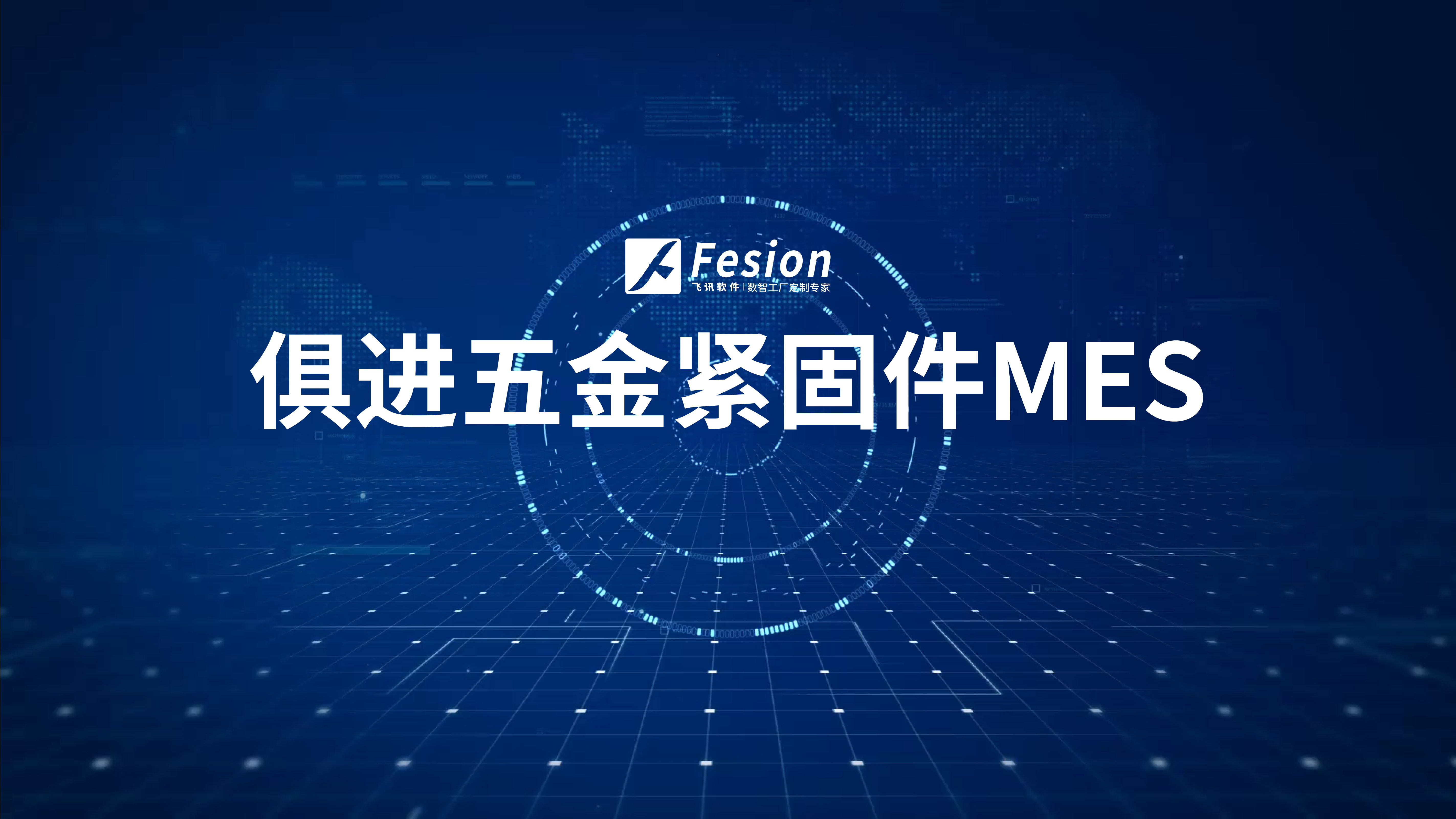










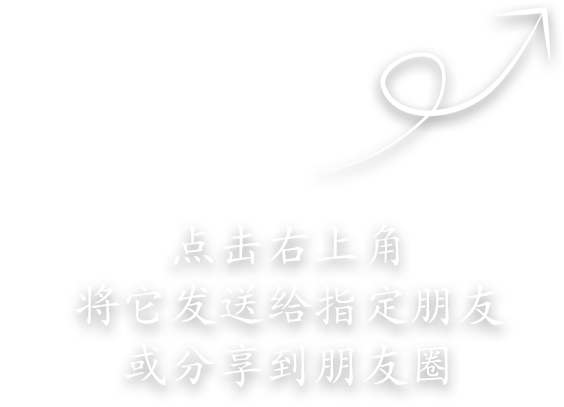
请先 登录后发表评论 ~